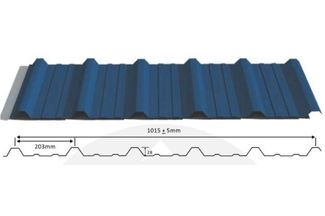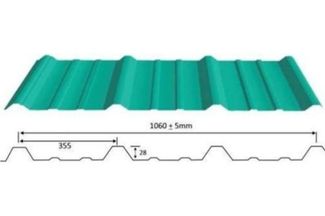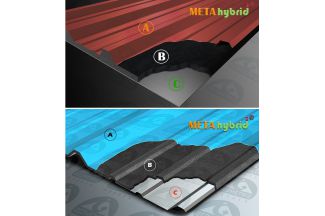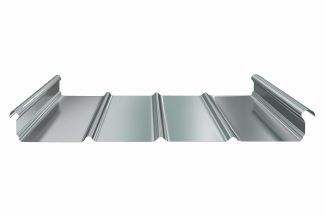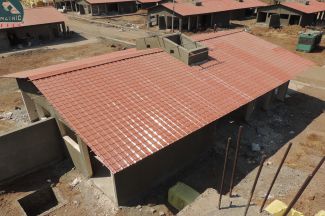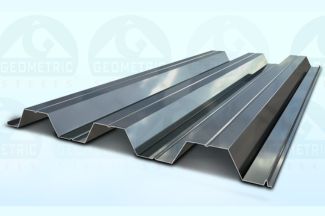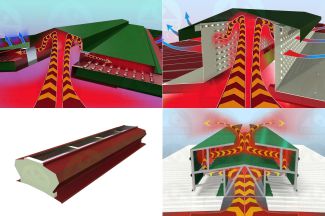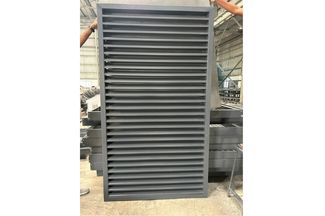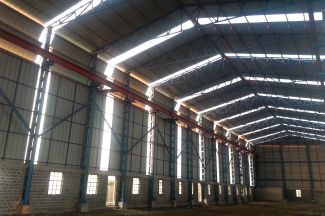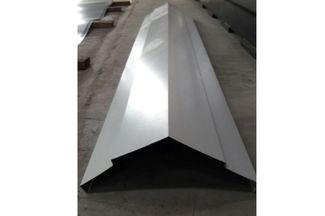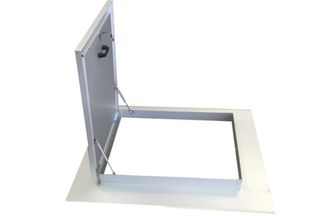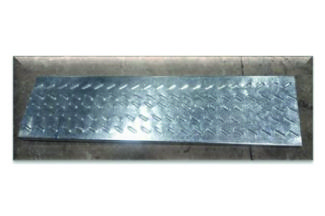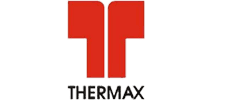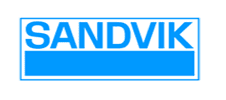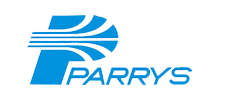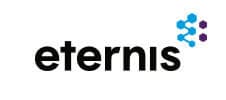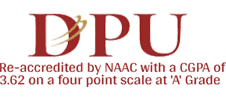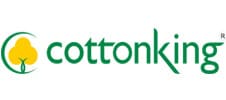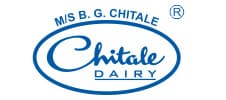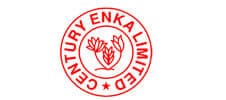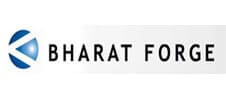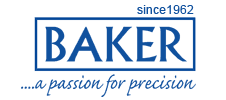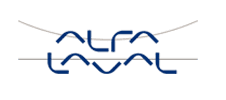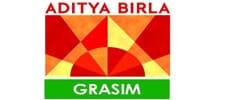Elevate Your Industrial Roofing - Essential Industrial Roofing Accessories You Need
Introduction:
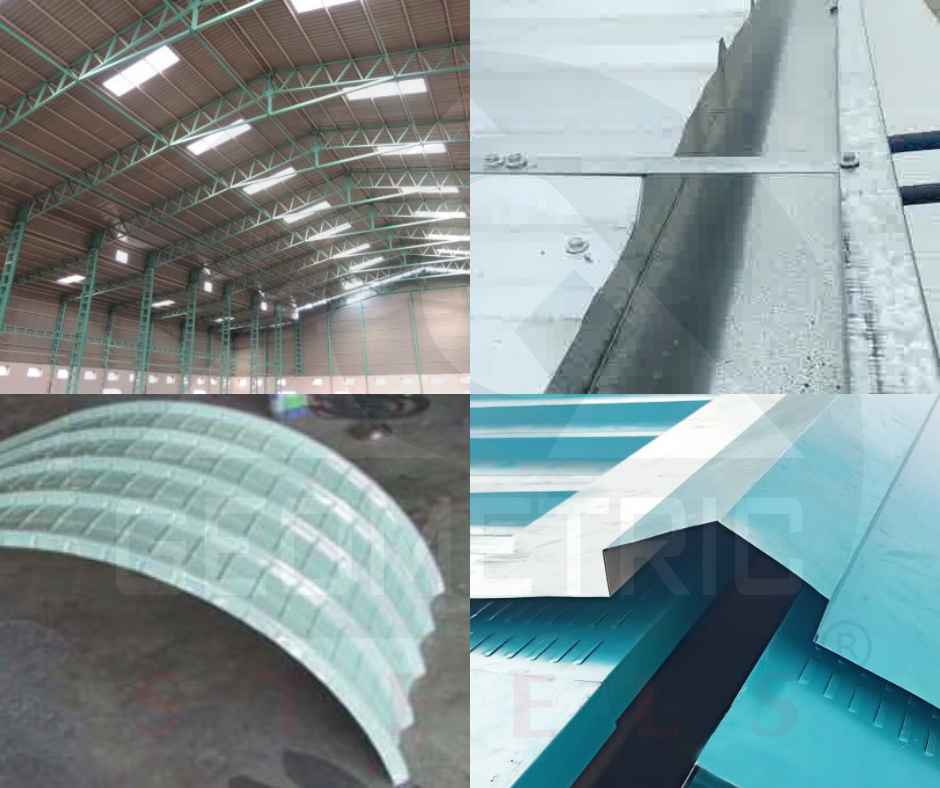
When it comes to industrial roofing, the devil is indeed in the details. It may seem simple, but in fact the details are complicated and likely to cause problems. While the primary roofing materials like metal or membrane roofing are crucial, it's the accessories that truly elevate the performance, durability, and safety of your industrial roof. In this comprehensive guide, we'll delve deep into the essential accessories that can transform your industrial roofing from functional to exceptional.
We will look into the following types of accessories
2. Roof Walkways and Access Platforms
1. Skylights and Roof Lights:

Skylights and roof lights are more than just aesthetic additions; they're practical solutions that can significantly enhance the functionality and sustainability of industrial roofing systems. By harnessing natural light, skylights reduce the reliance on artificial lighting, thereby cutting down energy costs and promoting a healthier work environment. Moreover, they can improve ventilation, leading to better indoor air quality and comfort for workers.
In industrial settings, skylights are often installed in warehouses, factories, and production facilities where large, open spaces can benefit from ample natural light. However, it's crucial to choose skylights made from durable materials like polycarbonate or impact-resistant glass to withstand harsh environmental conditions and potential impacts from debris or equipment.
Proper installation is key to maximizing the benefits of skylights while minimizing the risk of leaks or heat loss. Working with experienced professionals ensures that skylights are integrated seamlessly into the roofing system, maintaining its structural integrity and weatherproofing properties.
2. Roof Walkways and Access Platforms:
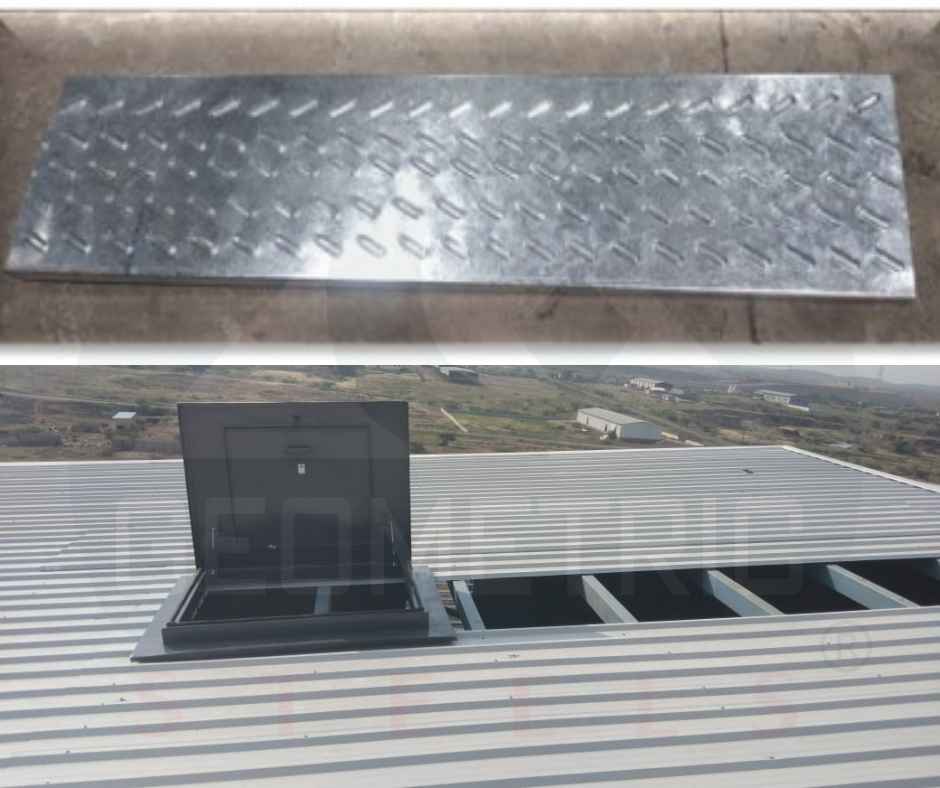
Safety is paramount in industrial settings, especially when it comes to accessing and working on rooftops. Roof walkways and access platforms provide safe pathways for maintenance personnel to navigate the roof surface during inspections, repairs, or equipment installations.
These accessories not only protect workers from accidental falls but also help preserve the integrity of the roofing material by minimizing foot traffic in sensitive areas. Whether it's a flat roof or a sloped one, incorporating walkways and platforms into the design ensures easy and safe access for routine maintenance tasks.
When designing roof walkways and platforms, factors such as load-bearing capacity, slip resistance, and compatibility with existing rooftop equipment must be carefully considered. Additionally, compliance with relevant safety standards and regulations, such as OSHA requirements, is essential to mitigate risks and liabilities associated with rooftop work.
3. Roof Drainage Systems:
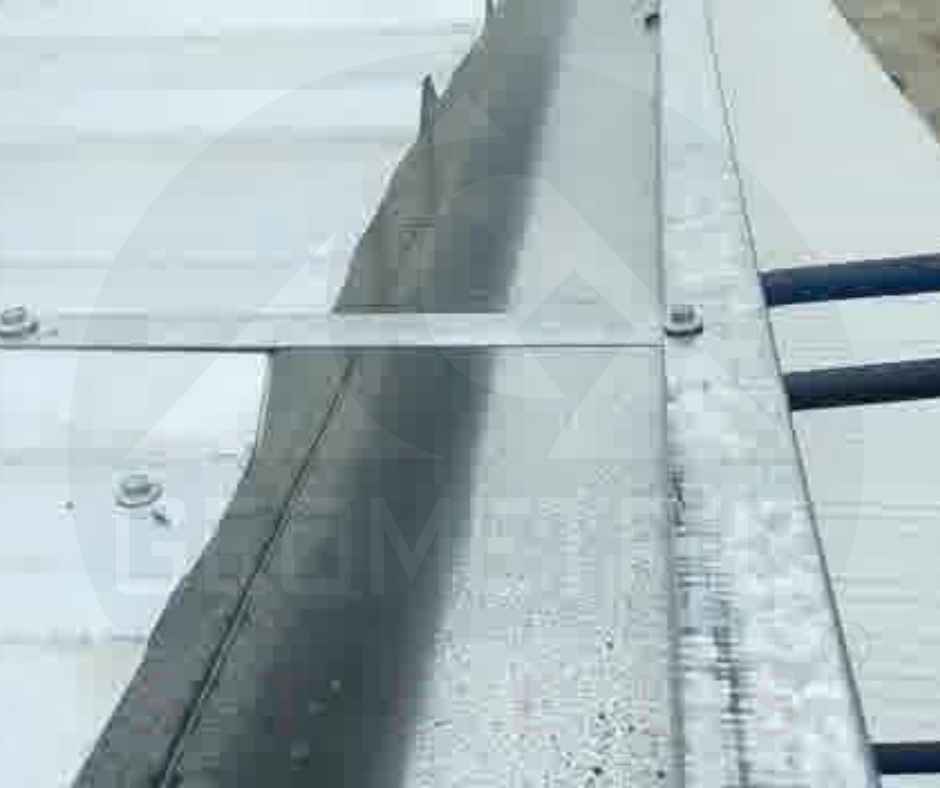
Proper drainage is critical for preventing water ponding, leaks, and structural damage to industrial roofs. A well-designed roof drainage system effectively channels rainwater away from the roof surface, reducing the risk of corrosion and prolonging the lifespan of the roofing material.
Gutters, downspouts, and drains are key components of a roof drainage system, each playing a specific role in directing water runoff to the appropriate drainage outlets. For industrial facilities with large roof areas, high-capacity drainage systems may be necessary to handle heavy rainfall and prevent overflow or flooding.
Regular maintenance and cleaning are essential to ensure the optimal performance of roof drainage systems. Debris accumulation, such as leaves, twigs, or dirt, can obstruct drainage pathways and lead to water backup or damage to the roofing structure. Scheduled inspections and proactive maintenance help identify and address potential issues before they escalate into costly repairs.
4. Roof Edge Protection:

Roof edges pose significant risks for falls and accidents during maintenance activities, making roof edge protection systems indispensable accessories for industrial roofing. Guardrails, parapet walls, safety nets, and perimeter fences are common safeguards installed along roof edges to prevent falls from heights and protect workers from potential hazards.
In addition to compliance with safety regulations, roof edge protection systems must be designed to withstand environmental factors such as wind loads, snow accumulation, and seismic events. Proper installation by trained professionals ensures that the protective barriers are securely anchored to the roof structure, providing reliable protection against falls and ensuring worker safety.
5. Roof Ventilation Systems:
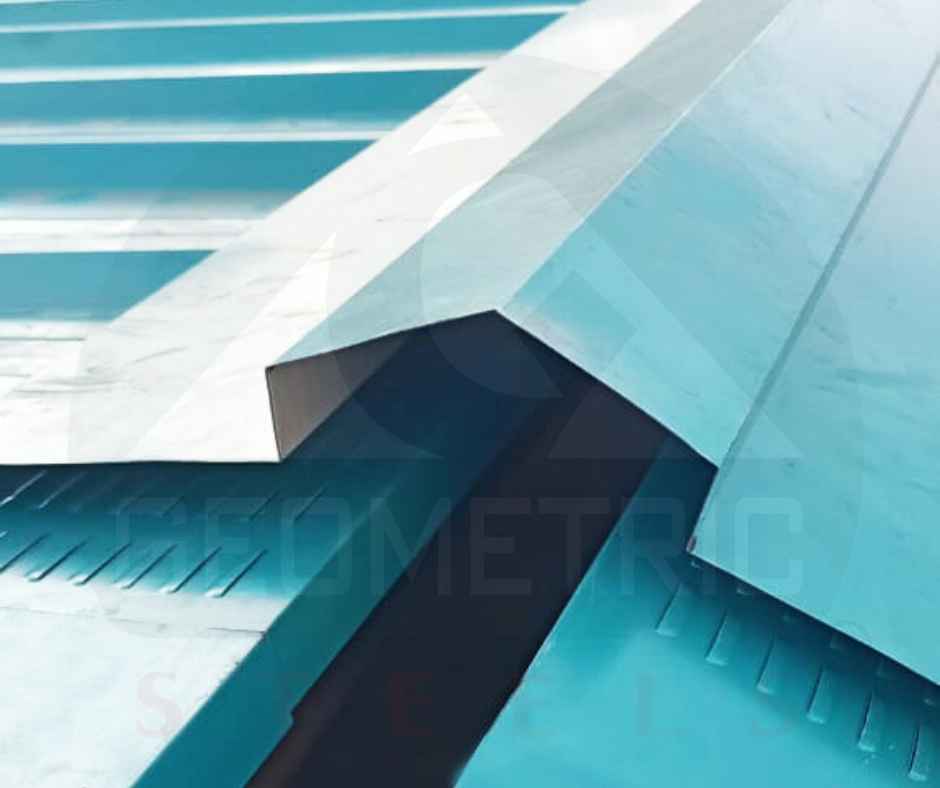
Proper ventilation is essential for maintaining a healthy and comfortable indoor environment in industrial facilities. Roof ventilation systems play a crucial role in regulating temperature, moisture levels, and air quality within the building.
Inadequate ventilation can lead to a range of issues, including excessive heat buildup, moisture accumulation, and poor air circulation. These conditions not only compromise the comfort of workers but also contribute to the deterioration of the roofing material and the structural integrity of the building.
Roof ventilation systems come in various forms, including ridge vents, soffit vents, turbine vents, and powered exhaust fans. Each type of ventilation system has its advantages and is suitable for different roof designs and environmental conditions.
Ridge vents, for example, are installed along the ridge line of the roof and allow hot air to escape, creating a natural convection current that draws fresh air into the building through soffit vents or other openings. Turbine vents harness wind energy to create airflow, while powered exhaust fans are ideal for facilities with limited natural ventilation.
Properly designed and installed roof ventilation systems can help mitigate heat stress, reduce energy costs, and prolong the lifespan of roofing materials by preventing moisture buildup and mold growth. Regular maintenance, including cleaning and inspection, is essential to ensure the optimal performance of ventilation systems and prevent blockages or malfunctions.
By incorporating roof ventilation into their roofing systems, industrial facility owners can create a more comfortable and productive work environment while preserving the integrity of their roofs and buildings.
6. Lightning Protection Systems:
Industrial facilities are often vulnerable to lightning strikes due to their expansive roof areas and exposure to the elements. Lightning protection systems are essential accessories that help dissipate the electrical energy from lightning strikes safely into the ground, reducing the risk of fire, structural damage, and equipment failure.
Components of a lightning protection system include lightning rods, conductors, grounding equipment, and surge protection devices, all working together to create a low-resistance path for lightning currents to follow. Regular inspections and maintenance are critical to ensuring the effectiveness and reliability of lightning protection systems, especially in regions prone to frequent thunderstorms and electrical storms.
7. Roof Fall Protection Systems:
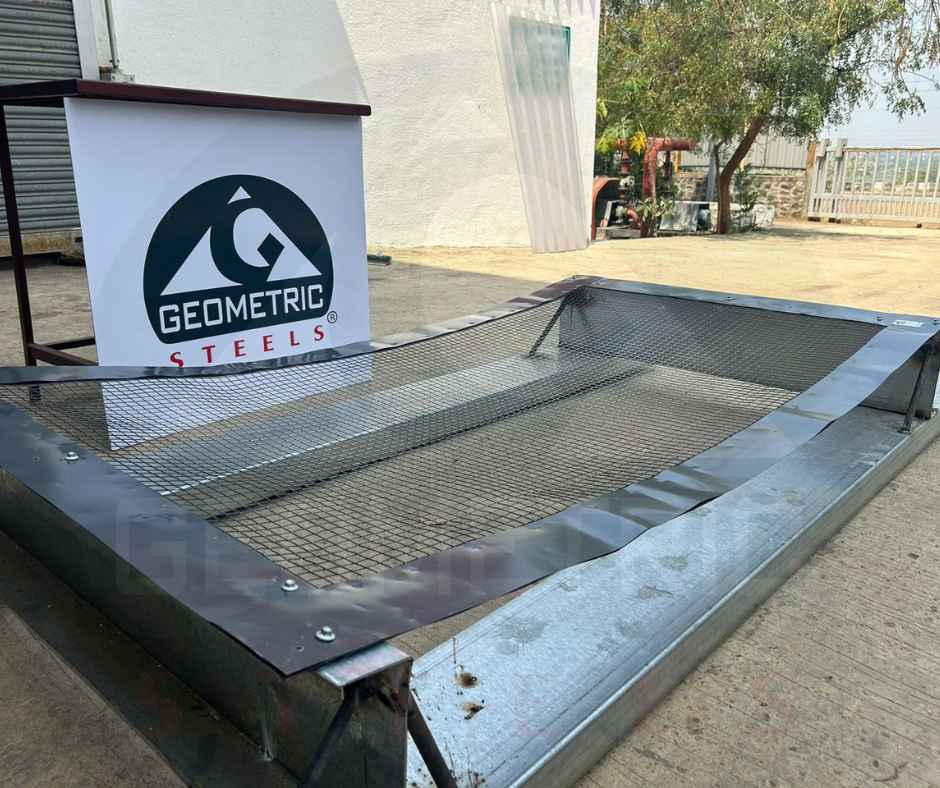
Working on industrial roofs entails inherent risks, particularly the risk of falls from heights. Roof fall protection systems are indispensable accessories that safeguard workers against such hazards, ensuring their safety and well-being during maintenance, inspection, or repair tasks.
Guardrails, safety harnesses, lifelines, and anchor points are essential components of roof fall protection systems, providing active and passive measures to prevent falls and mitigate their consequences. Training workers on proper equipment usage and safety procedures is crucial to ensuring their effectiveness in emergency situations and promoting a culture of safety within the workplace.
Compliance with safety standards and regulations, such as OSHA requirements, is non-negotiable when it comes to roof fall protection. Employers have a legal and moral obligation to provide a safe working environment for their employees, and investing in robust fall protection systems is a fundamental aspect of fulfilling that obligation.
There are also systems like skylight fall protection systems, which use metal net over or under the polycarbonate roof so that in case of accidental breakage of polycarbonate roofs protects the workers for the fall.
Conclusion:
In the realm of industrial roofing, the right accessories can make all the difference between a functional roof and an exceptional one. From skylights to skylight fall protection systems, each accessory plays a vital role in enhancing the performance, durability, and safety of industrial roofs.
As you consider upgrading your industrial roofing system with essential accessories, it's crucial to partner with a trusted manufacturer known for quality and reliability.Geometric Steels stands as a leading provider of industrial roofing accessories, offering a comprehensive range of products designed to meet the diverse needs of industrial facilities. With a commitment to innovation, durability, and customer satisfaction, Geometric Steels ensures that your roofing accessories deliver superior performance and long-lasting value.
With the rapid advancements in roofing technology and the increasing emphasis on sustainability and safety, the future of industrial roofing accessories is promising. By staying informed about industry trends and innovations, industrial facility owners can stay ahead of the curve and ensure that their roofing systems remain resilient and reliable for years to come.

